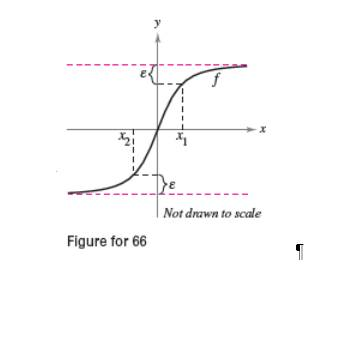
Concept explainers
Using the Definition of Limits at Infinity The graph of
(a) Find
(b) Determine
(c) Determine M, where
(d) Determine N, where

Want to see the full answer?
Check out a sample textbook solution
Chapter 4 Solutions
CALC.,EARLY TRANSCEND..(LL)-W/WEBASSIGN
- Please refer belowarrow_forwardPlease refer belowarrow_forwardHi, can you guys help me with this? Thank you! Can you guys help me calculate again the Term GPA, Combined GPA, Cumulative GPA, Transfer GPA & Combined Cumulative GPA section? It's just not right right now. Here's the transfer totals point that I want to provide just in case you guys may ask where I get these from:arrow_forward
- Consider the functions f(x)=4x-1 and g(x)=sq root of -x+7. Determine 1. f o g(x) 2. Give the domain of f o g(x) 3. g o f (x) 4. Give the domain of g o f(x)arrow_forward12. lim h→0 √5x+5h -√5x h where x>0 is constaarrow_forwardLet f(x)=sq root of x+5 and g(x)=x2 -2. 1. The composite function g of f(x) = 2. The domain of g o f(x) in interval notation isarrow_forward
- Algebra & Trigonometry with Analytic GeometryAlgebraISBN:9781133382119Author:SwokowskiPublisher:Cengage


